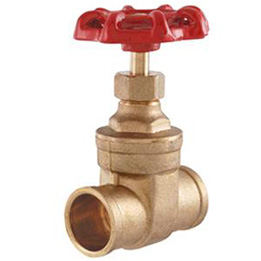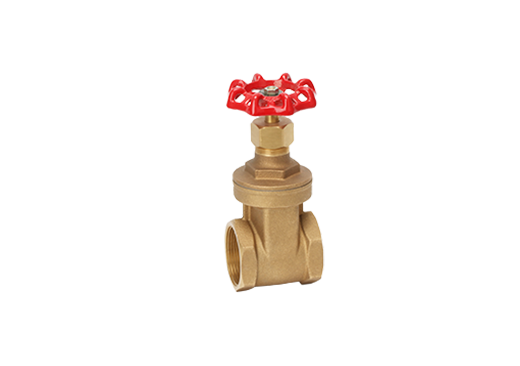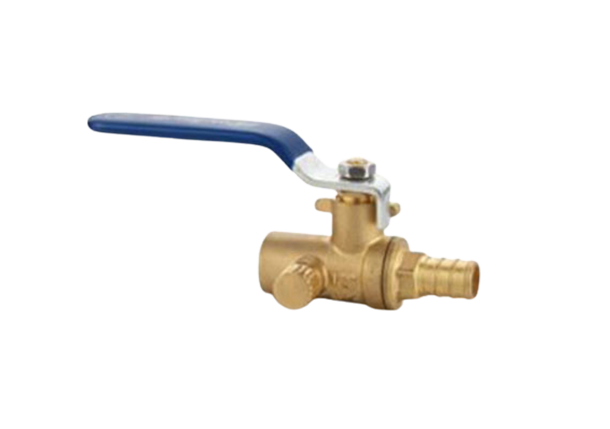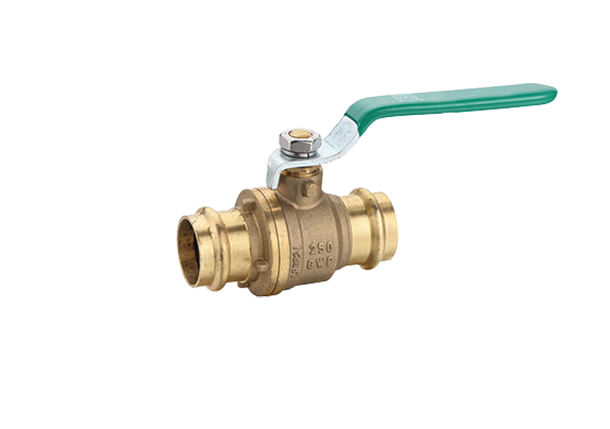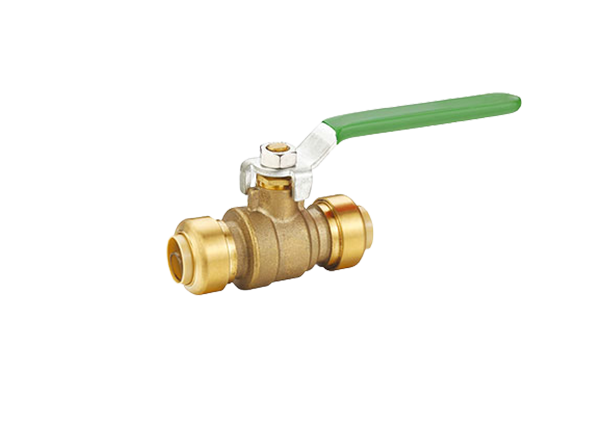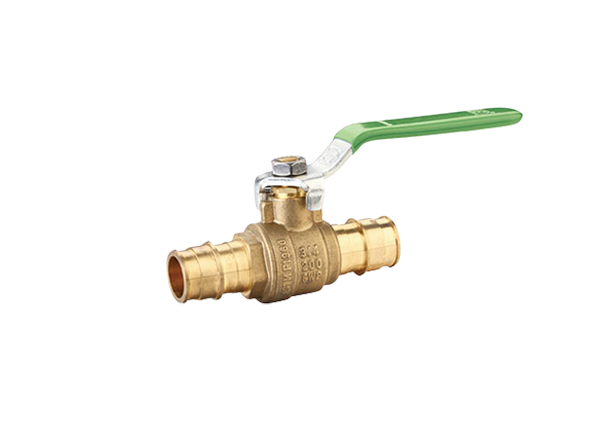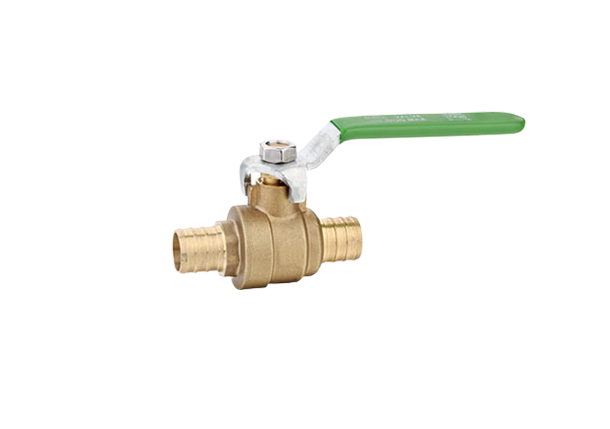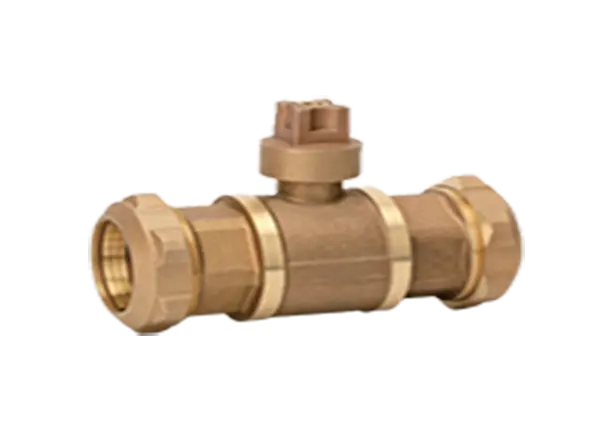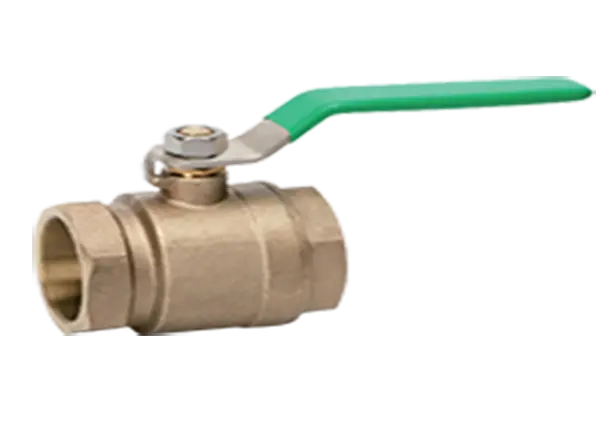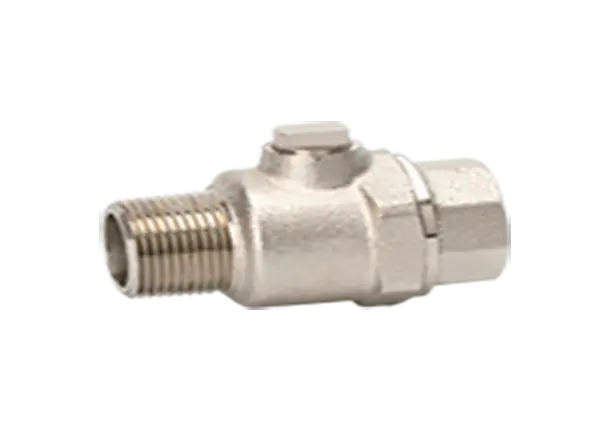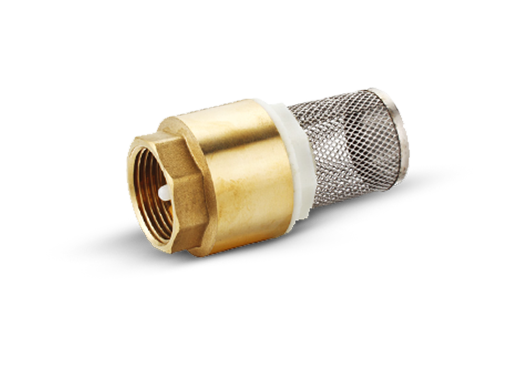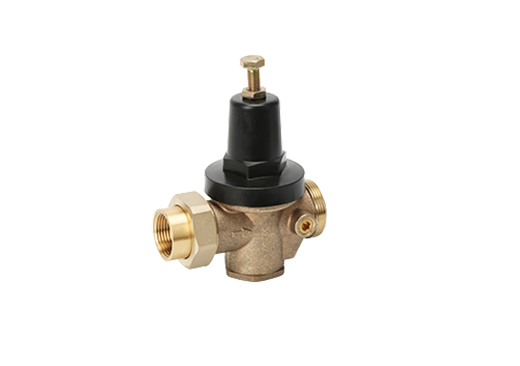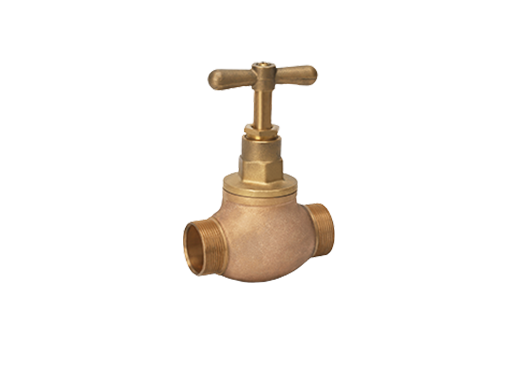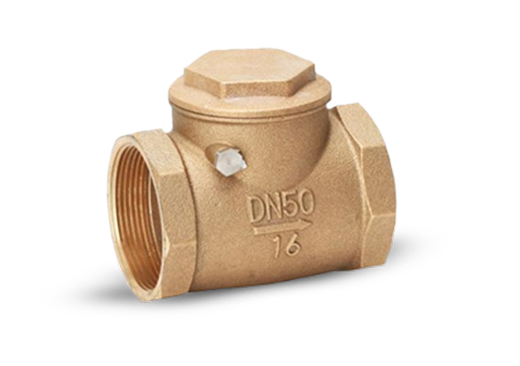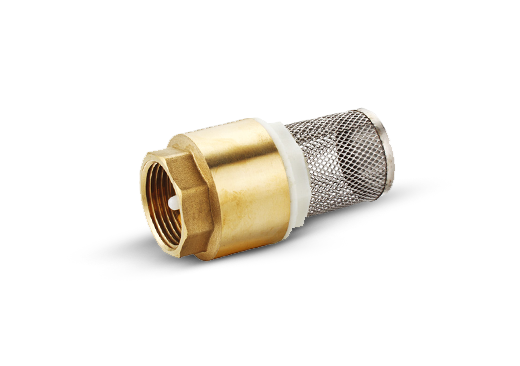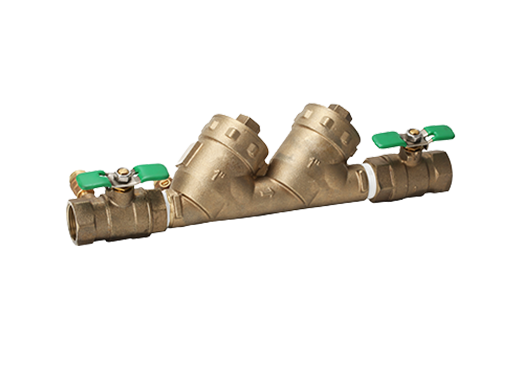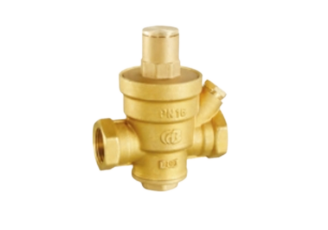The Main Technical Performance of Brass Valves
Today we will analyze the main technical performance of brass valves from seven aspects: lightness performance, sealing performance, flow medium, opening and closing force and torque, opening and closing speed, action sensitivity and reliability, and service life. I hope it will be helpful for everyone to understand brass valve products.
1. The strength performance of brass valves
The strength performance of brass valves refers to the ability of the valve to withstand medium pressure. Valves are mechanical products subject to internal pressure, so they must have sufficient strength and rigidity to ensure long-term use without cracking or deformation.
2. The sealing performance of brass valves
The ability of each sealing part of the brass valve to prevent medium leakage is the most important technical performance index of the valve.
There are three sealing parts of OEM brass valve: the contact between the opening and closing parts and the two sealing surfaces of the valve seat; the joint between the packing and the valve stem and stuffing box; The first one is called internal trickle, also known as sleek close, that can affect the capability of device to reducing medium.
For cut-off valves, internal leakage is not allowed. The latter two leaks are called external leakage, that is, the medium leaks from the inside of the valve to the outside of the valve. Out and about leakage will result in material loss, polluting environmental surroundings, even creating serious accidents. For the explosive, toxic or perhaps radioactive medium, leakage is not allowed. So brass valves must have a reliable sealing performance.
3. The flow medium of the brass valve
After the medium flows through the brass valve, there will be a pressure loss (that is, the pressure difference between the front and rear of the valve), that is, the valve has a certain resistance to the flow of the medium, and the medium must consume a certain amount of energy to overcome the resistance of the valve. From the perspective of energy saving, when designing and manufacturing brass valves, it is necessary to reduce the resistance of the valve to the flowing medium as much as possible.
4. The opening and closing force and opening and closing torque of the brass valve
Opening and closing force and opening and closing torque refer to the force or torque that must be applied to open or close the brass valve. When closing the valve, it is necessary to form a certain sealing specific pressure between the opening and closing parts and the two sealing surfaces of the seat, and at the same time, it is necessary to overcome the gap between the valve stem and the packing, between the threads of the valve stem and the nut, the support at the end of the valve stem and the The friction force of other contact parts, so a certain closing force and closing torque must be applied. During the opening and closing process of the brass valve, the required opening and closing force and opening and closing torque change, and the maximum value is at the final moment of closing. or the initial instant of turn-on.
5. The opening and closing speed of the brass valve
The opening and closing speed is expressed by the time required for the valve to complete an opening or closing action. Generally, there are no strict requirements on the opening and closing speed of brass valves, but some working conditions have special requirements on the opening and closing speed. Some require rapid opening or closing to prevent accidents, and some require slow closing to prevent water hammer. etc., which should be considered when choosing the brass valve type.
6. Action sensitivity and reliability of brass valve
This refers to the sensitivity of the valve to respond to changes in medium parameters. For brass valves used to adjust medium parameters such as throttle valves, pressure reducing valve brass, and regulating valves, as well as valves with specific functions such as safety valves and steam traps, their functional sensitivity and reliability are very important technical performance indicators.
7. Service life of brass valves
It represents the durability of the brass valve valve, is an important performance indicator of the valve, and has great economic significance. It is usually expressed by the number of opening and closing times that can guarantee the sealing requirements, and it can also be expressed by the use time.
Different Carbo Valves For Sale

